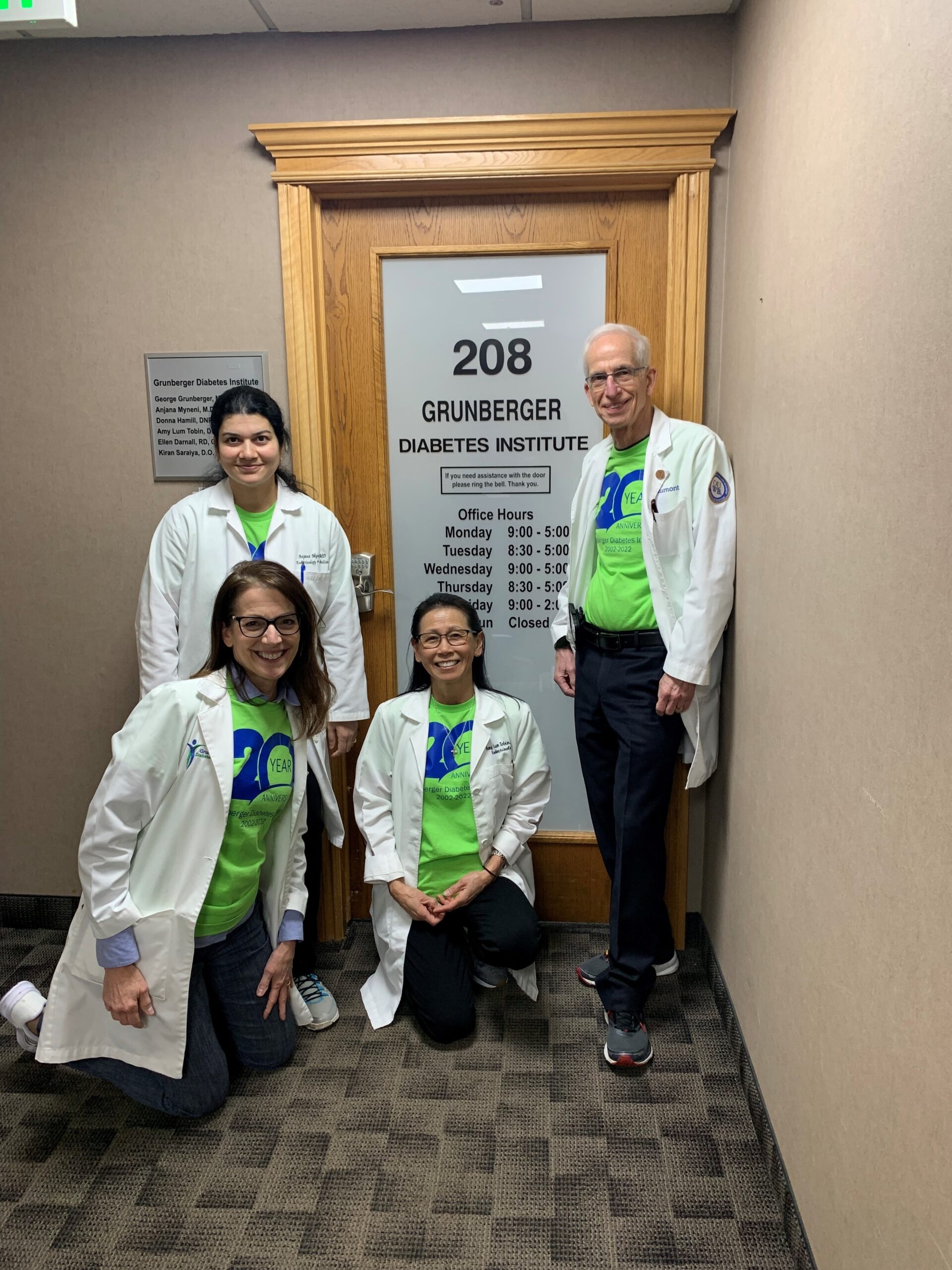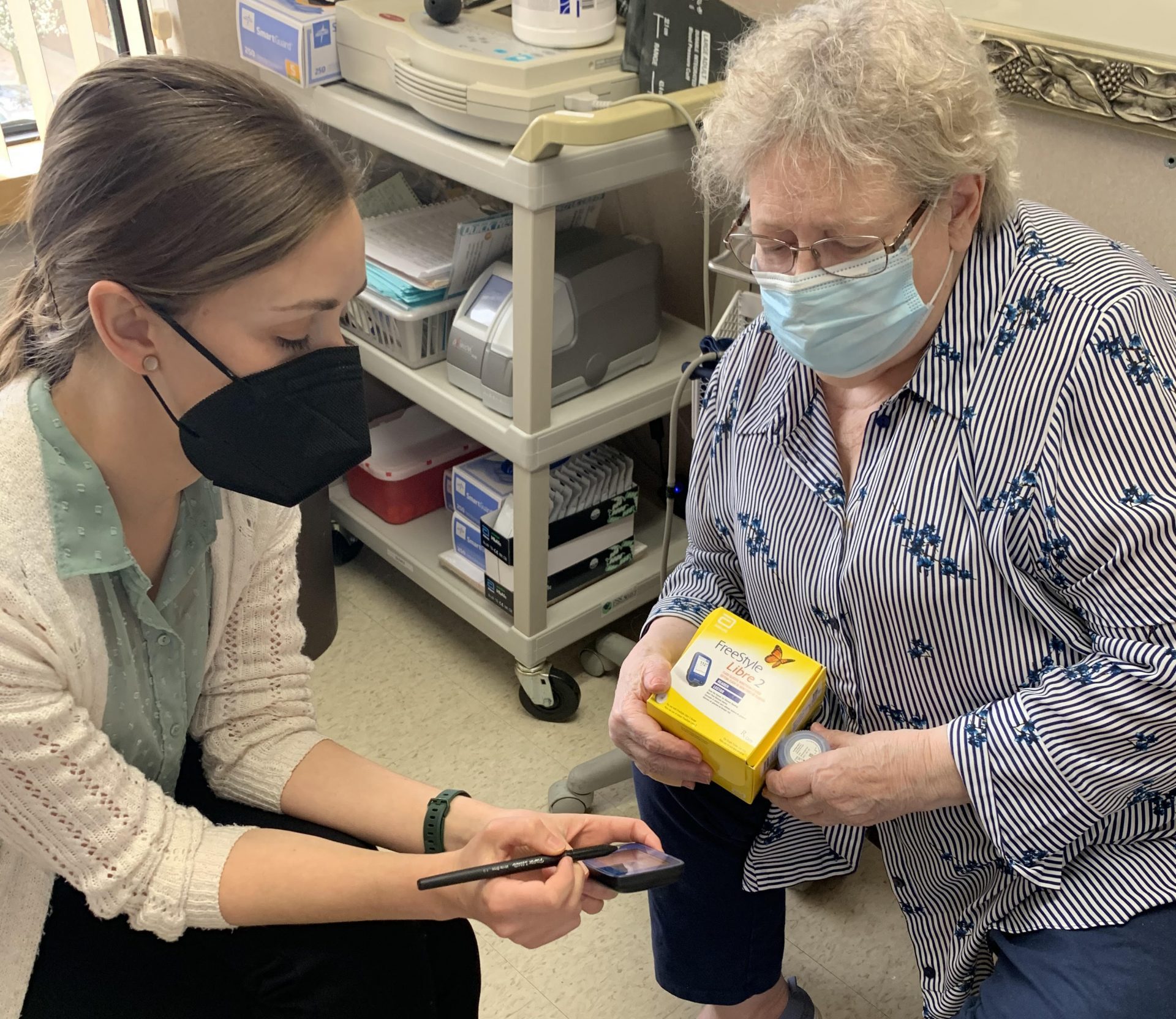100 Years of Insulin
Insulin was discovered by Sir Frederick G Banting, Charles H Best and JJR Macleod at the University of Toronto in 1921. Insulin was then purified by James B Collip. Before 1921, it was exceptional for people with type 1 diabetes to live more than a year or two.
How Did This Miracle of Modern Medicine Come About?
By 1920 scientists knew about islets in the pancreas and that these cells were destroyed in diabetes. For many years attempts had been made to extract the key substance from ground-up pancreas cells, but they were unsuccessful. The challenge was to find a way to extract it from the pancreas without it being destroyed in the process.
In October 1920, Frederick Banting, a Canadian surgeon, read an article that suggested insulin-producing cells in the pancreas were slower to deteriorate than other pancreas tissue. He thought that this might allow for the removal of insulin by breaking down the pancreas in a way that would leave just the cells that produce insulin intact. The night before he was supposed to deliver a lecture (October 31, 1920 at 2 AM) he could not fall sleep and wrote down a note to himself: “Diabetus. Ligate pancreatic ducts of dog. Keep dogs alive till acini degenerate leaving Islets. Try to isolate the internal secretion of these to relieve glycosurea.”
Banting wasn’t a scientist and knew he couldn’t test his theory alone. So on November 7, 1920 he visited professor and head of physiology at the University of Toronto, John Macleod, and asked for assistance. Banting’s persistence eventually paid off. He convinced the skeptical Macleod to provide him with a laboratory and some dogs. Eventually he was also paired with an American medical student, Charles Best. Best tested blood to check glucose levels to find out whether their extracts were having any benefit.
On May 17, 1921 Banting, Best and Macleod began their research and set about figuring out how to remove insulin from a dog’s pancreas. They tied off the pancreatic duct to kill off other substances in the pancreas that would destroy insulin, but leave the islets intact. The remaining extract would then be given to other dogs who could not make insulin because their pancreases had been removed. On July 27 they successfully isolated the hormone “insulin” for the first time.
The Discovery of Insulin: Trial by Fire
Progress was slow and while many of their experiments failed, Banting and the team saw regular drops in blood sugar levels as a result of their extract. They remained confident in ultimate success. By November, they had successfully treated a dog with diabetes with their insulin extract for 70 days. On December 12, 1921 James Collip joined the group to work on purifying insulin so it would be safe for human testing. Collip was a biochemist and provided the last piece of the puzzle. With his help, a more concentrated and pure form of insulin was developed, this time from the pancreases of cattle.
On January 11, 1922 Leonard Thompson became the first person to receive an injection of insulin. He was a 14-year-old boy dying from type 1 diabetes. Within 24 hours, Leonard’s high blood sugar levels dropped, but he developed an abscess at the site of the injection. After this development Collip then worked day and night on purifying the extract even further, and Leonard was given a second injection on January 23. This time it was a success and Leonard’s blood sugar levels become near normal, without side effects. For the first time in history, diabetes was no longer a death sentence.
The Timeline After Insulin Was Invented
- By May 1922 insulin was produced on a mass scale, at first by Eli Lilly & Co.
- On October 25, 1923 a Nobel Prize was jointly awarded to Banting and Macleod. Banting split his half of the prize money with Best, and Macleod split the other half of the prize money with Collip
- In 1991 World Diabetes Day was created by International Diabetes Federation and the World Health Organization and became an official United Nations Day in 2006. It is marked every year on November 14, the birthday of Sir Frederick Banting.
Grunberger Diabetes Institute Continuing on Diabetes Care
Just as Banting and his team were dedicated to improving the lives of their patients, we are dedicated to helping you navigate your diagnosis. We utilize all technologies available to help you live your life to its fullest potential. We strive for the excellence and determination set forth by the creators on insulin when treating all of our patients.
Conclusion
Banting and his team worked tirelessly for the good of their patients and this year we have 100 years of lives saved to thank for it. While we may not see a discovery of this magnitude in this lifetime, it’s the efforts of each institute, like that of Grunberger Diabetes Institute, that keep us extending and improving the lives of our patients daily. Reach out to us today to find out what latest Diabetes technology is the best fit for you. A few of our technologies include D-Nav Hygieia, and The Bigfoot Unity Program. Check them out, and call us today to find out if they can improve your diabetes management.
About Grunberger Diabetes Institute
Grunberger Diabetes Institute (GDI) provides Diabetes and Endocrine management, as well as a weight management program. Your wellbeing is assessed on an individual level and the treatment includes a plan for the improvement of your overall health and quality of life. We specialize in all things related to diabetes, endocrine, and weight management. This includes but isn’t limited to: diabetic neuropathy, dyslipidemia, obesity, diabetic recipes, reproductive endocrinology, osteoporosis treatment, male hypogonadism, hypercalcemia, all issues and diseases involving the thyroid gland (including thyroid cancer), patients transitioning from pediatric endocrinology to adult endocrinology, type 1 and type 2 diabetes. Schedule with us today to find out why we’re voted the best Endocrinology practice.



